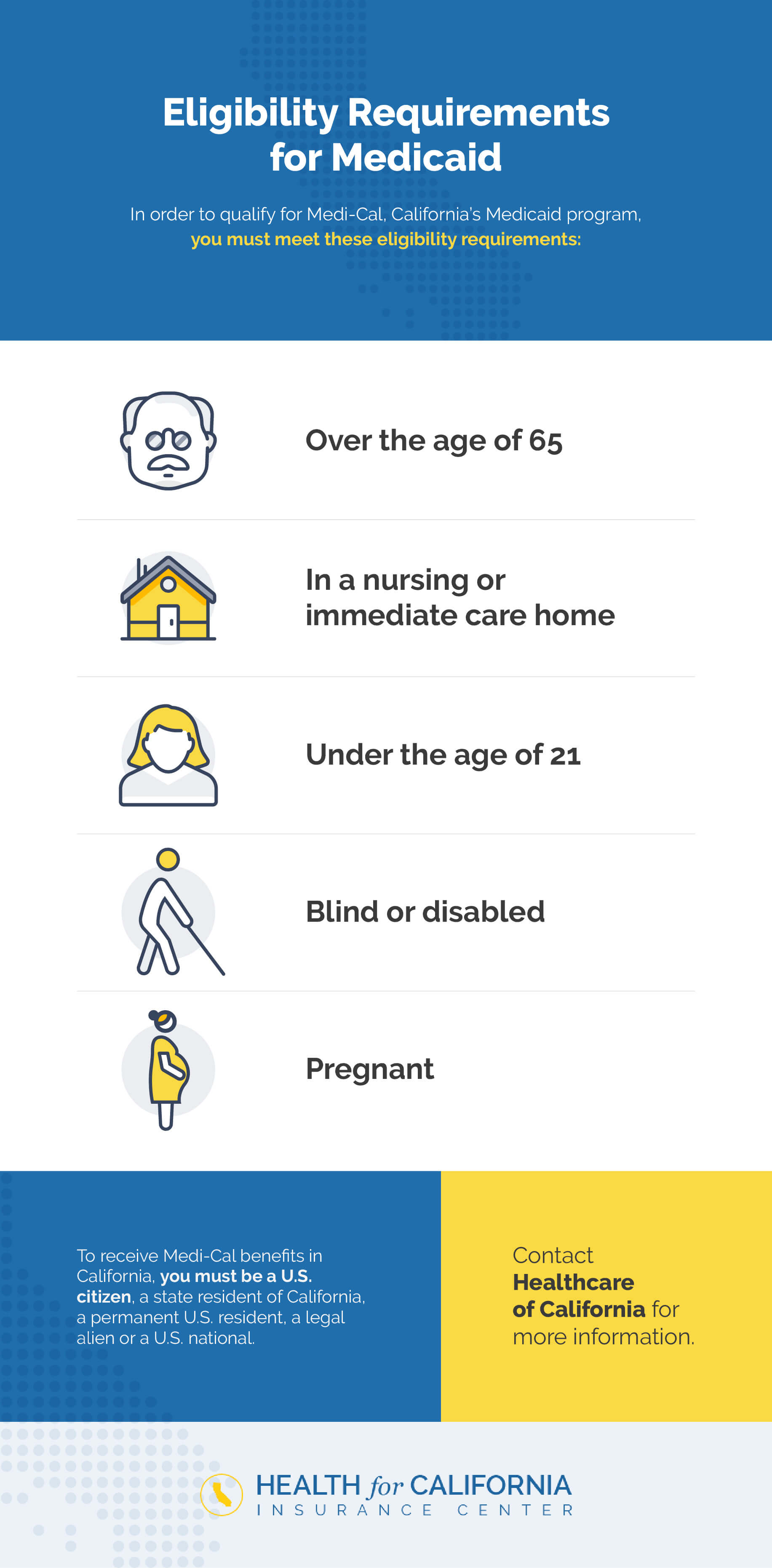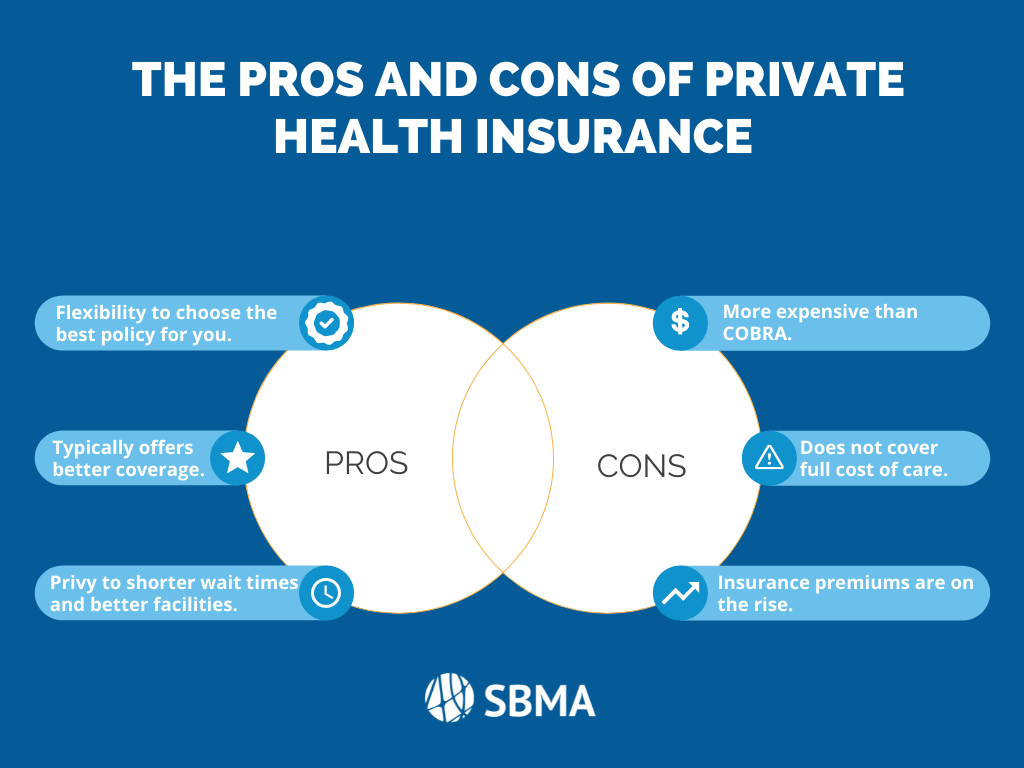The Definitive Guide to Medicare Advantage Agent
The Definitive Guide to Medicare Advantage Agent
Blog Article
Excitement About Medicare Advantage Agent
Table of ContentsThe 9-Minute Rule for Medicare Advantage AgentSome Known Details About Medicare Advantage Agent The smart Trick of Medicare Advantage Agent That Nobody is Discussing
:max_bytes(150000):strip_icc()/coordination-of-benefits-1850523021ff453f8f4f2e19a99324ea.png)
complies with from perplexing the relatively young age profile of the uninsured with the better health and wellness, usually, of more youthful individuals. This obscures the link in between health condition and medical insurance. For those without accessibility to office medical insurance, bad wellness is a prospective barrier to purchasing nongroup protection since such insurance coverage may be very priced, exclude pre-existing conditions, or be simply not available. The variety of without insurance Americans is not especially huge and has not transformed over the last few years. Seven out of ten participants in a nationally representative survey thought that less Americans did not have medical insurance than actually do(Fronstin, 1998). Roughly fifty percent(47 percent )believed that the number of individuals without health and wellness insurance policy lowered or remained continuous over the latter half of the last years(Blendon et al., 1999). This drop of practically 2 million in the variety of people 'without insurance coverage (a decrease
of around 4 percent)is definitely a favorable adjustment. With a softer economic climate in 2000 the most up to date reported gains in insurance protection might not proceed(Fronstin, 2001 ). The decrease in the variety of without insurance will certainly not proceed if the economic climate remains sluggish and healthcare expenses continue to surpass inflation. This is because the data were gathered for a duration of strong economic efficiency. Of the estimated 42 million people that were without insurance, all however regarding 420,000(concerning 1 percent)were under 65 years of age, the age at which most Americans come to be eligible for Medicare; 32 million were grownups between ages 18 and 65, around 19 percent of all adults in this age group; and 10 million were youngsters under 18 years old, regarding 13.9 percent of all children (Mills, 2000). These price quotes of the variety of persons without insurance are created from the yearly March Supplement to the Present Populace Study (CPS), performed by the Census Bureau. Unless otherwise kept in mind, nationwide quotes of people without wellness insurance policy and percentages of the populace with various type of coverage are based on the CPS, one of the most extensively used source of quotes of insurance policy protection and uninsurance rates. These studies and the estimates they generate are explained briefly in Table B. 1 in Appendix B - Medicare Advantage Agent. These surveys vary in size and sampling methods, the questions that are asked about insurance coverage
3 Easy Facts About Medicare Advantage Agent Shown
coverage, and the moment duration over which insurance coverage or uninsurance is gauged(Lewis et al., 1998, Fronstin, 2000a ). Still, the CPS is specifically helpful due to the fact that it creates yearly price quotes fairly quickly, reporting the previous year's insurance protection approximates each September, and due to the fact that it is the basis for a regular collection of estimates for more than two decades, allowing for analysis of trends in protection in time.

Top Guidelines Of Medicare Advantage Agent
Over a three-year period starting early in 1993, 72 million individuals, 29 percent of the U.S. populace, were without protection for a minimum of one month. Within a solitary year(1994), 53 million individuals experienced a minimum of a month without insurance coverage(Bennefield, 1998a). 6 out of every 10 uninsured adults are themselves used. Although working does enhance the possibility that and one's family participants will certainly have insurance coverage, it is next page not an assurance. Also participants of families with two full-time breadwinner have nearly a one-in-ten opportunity of being without insurance (9.1 percent uninsured rate)(Hoffman and Pohl, 2000 ). The connection in between medical insurance and accessibility to care is well developed, as documented later in this phase. The partnership between wellness insurance and health and wellness results is neither direct nor simple, a comprehensive medical and wellness services research literary works links health insurance protection
to improved enhanced accessibility care, better much betterTop quality and improved personal individual population health wellnessCondition The 2nd record, on individual health and wellness outcomes for without insurance grownups, is stood for by the innermost circle of the figure, while the 3rd report, on family members health, includes the subjects of the second report however highlights a various device of analysis, particularly, the family. The sixth report in the collection will provide details regarding methods and campaigns taken on locally, statewide, or nationally to address the lack of insurance and its negative impacts. Levels of evaluation for examining the results of uninsurance. This conversation of health and wellness insurance policy protection focuses mainly on the U.S. population under age 65 since virtually all Americans 65 and older have Medicare or various other public protection.
In addition, it concentrates specifically on those with no wellness insurance for any kind of size of time. The problems encountered by the underinsured remain in some areas similar to those encountered by the uninsured, although they are usually less severe. Uninsurance and underinsurance, nevertheless, involve noticeably various policy issues, and the methods for resolving them might differ. Throughout this study and the five records to adhere to, the main focus is on persons without medical insurance and therefore no help in spending for health and wellness care past what is readily available through charity and safeguard organizations. Health insurance policy is a powerful factor affecting receipt of care because both individuals and doctors react to the out-of-pocket price of services. Medical insurance, nevertheless, is neither necessary nor sufficient to get to clinical solutions. Nevertheless, the independent and direct result of health
insurance policy protection on accessibility to health and wellness solutions is well established. Others will get the healthcare they need even without health insurance coverage, by paying for it expense or seeking it from companies that offer treatment totally free or at Recommended Site very subsidized rates. For still others, medical insurance alone does not make sure invoice of treatment as a result of various other nonfinancial obstacles, such as a lack of wellness care service providers in their area, minimal access to transport, illiteracy, or etymological and cultural distinctions. Formal research concerning without insurance populaces in the USA dates to the late 1920s and early 1930s when the Board on the Price of Healthcare generated a series of records about funding doctor workplace sees and hospitalizations. This concern became prominent as the numbers of medically indigent climbed up during the Great Depression. Empirical studies consistently support the link in between access to care and boosted health end results(Bindman et al., 1995; Starfield, 1995 ). Having a regular resource of treatment can be considered a forecaster of gain access to, instead than a straight action of it, when health and wellness outcomes are themselves utilized as access indications. This extension of the notion of gain access to measurement was made by the IOM Committee on Monitoring Access to Personal Healthcare Solutions(Millman, 1993, p. Whether moms and dads are insured shows up to affect whether their children obtain treatment along with just how much careeven if the youngsters themselves have insurance coverage(Hanson, 1998). The wellness of moms and dads can influence their capability to take care of their kids and the degree of family members stress. Fretting about their children's accessibility to care is itself a source of anxiety for moms and dads. Three phases follow in this record. Chapter 2 gives a summary of exactly how employment-based medical insurance, public programs and individual insurance policy policies run and connect to give considerable but insufficient coverage of the united state population. This consists of a testimonial of historical patterns and public plans influencing both public and personal insurance, a conversation of the interactions among the different types of insurance policy, and an assessment of why individuals relocate from one program to another or wind up

Report this page